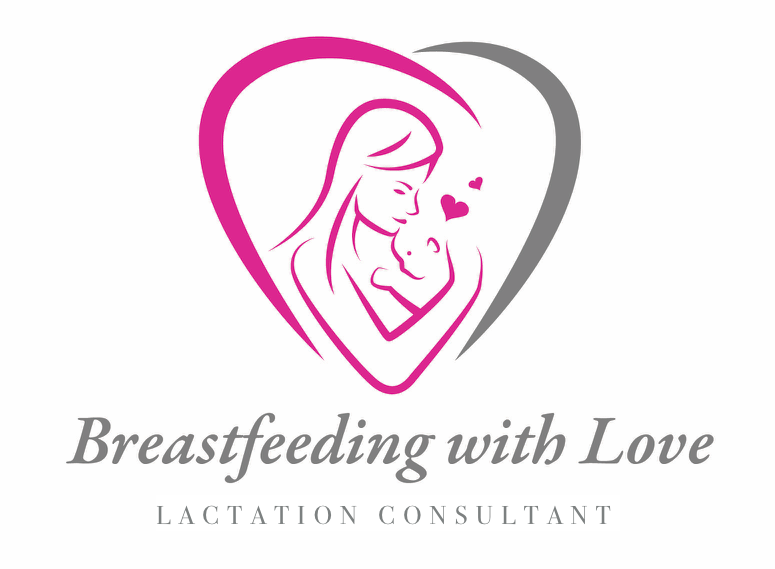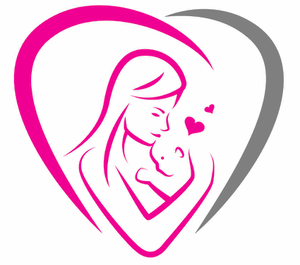Getting Enough Breastmilk? How To Tell
If you have a chance, please like my Breastfeeding With Love page or my facebook page. Blessings and love to you all. Breastmilk is the best source of nutrition for your body. Breastmilk help protects your babies against infections and many health problems. It is the best for both mom and baby. However, many moms ask, how do you know if your baby is getting enough breastmilk? This is one of the most common questions asked by a breastfeeding mom. As new moms, we are all concerned that our baby should receive the proper nourishment needed to grow and thrive well.However, when a baby is not getting enough nourishment, this situation has to be addressed because of dehydration and failure to thrive, which is a serious problem. (Failure to thrive means the baby's size and growth rate is significantly below that of another average baby.) Usually, your breasts feel full before breastfeeding your baby and more empty after breastfeeding. Your breasts will begin to know exactly how much breastmilk to produce for your newborn. Breastfeed frequently, as often as the baby seems hungry. After a feeding, your baby should seem relaxed and satisfied. The baby should latch onto your breast well. At first, your baby will suck rapidly.Then your baby will slow down and have a more rhythmic suck and swallow pace. I always tell my moms that there are several lengths of time that you can breastfeed your newborn. The first side should last 10-30 minutes. We call this the meal. The second side should last 10-15 minutes. We call this the dessert. Of course, you can breastfeed your baby 15 minutes on each side or 20 minutes on each side. Alternate sides per feeding. The point is, the baby should not take forever to breastfeed. Massaging your breasts while breastfeeding, helps get your breastmilk out faster to your baby. You can tell if your baby is getting enough breastmilk by how many wet diapers a day and stools your baby has daily. Urine output tells a lot about if the baby is getting a sufficient quantity and breastmilk.Stool output tells you the quality of breastmilk, whether the baby is getting enough of the hindmilk, which is the later breastmilk and is fattier and higher in calories. If a baby is not producing enough stools, a Lactation Consultant can evaluate you breastfeeding patterns. By day 6,you should expect at least 6 wet diapers and at least 2-3 dirty diapers of stool. In fact, the color of urine can tell a parent whether the baby is getting enough breastmilk. Pale or water colored urine means your baby is well hydrated. A darker color suggests your baby is not sucking enough breastmilk out. Because breastmilk is like a laxative, sometimes a baby may have a stool with each feeding. The consistency of the stool should be seedy and watery and be yellowish in color. A newborn first loses a little weight, the first few days of life. More than 10% of weight loss, starts to concern us as Lactation Consultants.I teach new moms how to supplement, either while breastfeeding or finger feeding. (When all else fails, we do a little bottle feeding. However, this is the last resort.) By day 10, your baby should regain their birth weight. Some new moms need to exclusively pump their breastmilk for different reasons. If that is the case, most babies drink two and a half to three ounces per meal of breastmilk or 20 to 24 ounces, in a 24 hour period. When they reach 6 months, they usually need 26 to 28 ounces of breastmilk 6 to 8 feedings per day. However, if you have started solid foods, babies usually do not drink that much breastmilk. In conclusion, if your baby is producing enough wet diapers and bowel movements and gaining enough weight, then your baby is getting enough breastmilk.If you are concerned that your baby isn't getting enough breastmilk, don't hesitate to call your pediatrician. Good luck with breastfeeding. I hope it is a fun and beautiful experience for you.

